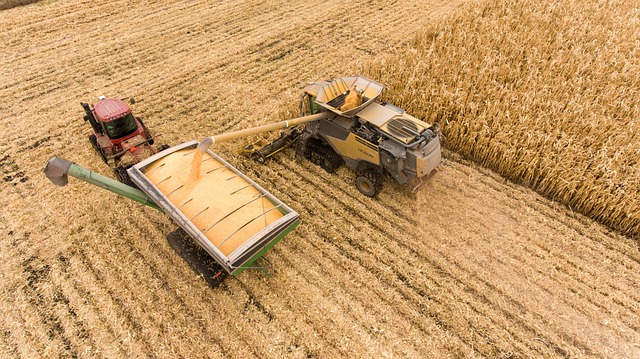Building a Sustainable Future: Transforming Rural Construction Practices for Transport and Development
Rural landscapes are often where agriculture flourishes, but behind the scenes, the infrastructure that supports these vibrant communities requires urgent attention. Rural construction practices are at the heart of ensuring that rural areas are not only livable but also capable of fostering sustainable development. As we strive for a greener future, rethinking our approach to construction in these regions is essential.
Transport Sustainability: The Backbone of Rural Development
Transportation is a crucial element that links rural areas to urban centers and markets. Sustainable transport practices can drastically impact the efficiency of rural construction projects. Projects that integrate eco-friendly transport methods, such as electric vehicles or biodiesel machinery, reduce carbon footprints and promote energy efficiency. By utilizing local materials for construction, we can also minimize transportation distances, thus lessening environmental impact.
Moreover, the development of rural transportation infrastructure — like green roads and bridges — ensures that agricultural products can be transported seamlessly to markets. The establishment of durable and sustainable transport networks can uplift entire communities by increasing access to essential services, education, and economic opportunities.
Rural Development: A Community-Centric Approach
When we think about sustainable rural construction, it is essential to adopt a community-centric approach. Local involvement in construction projects encourages the use of indigenous materials and traditional techniques, blending modern innovations with ancestral knowledge. This not only preserves the cultural identity of rural areas but also fosters a sense of community ownership and pride.
Implementing green building practices can lead to energy-efficient structures that provide long-term benefits to the environment and the community. Small, community-based construction firms can emerge as vital players in this eco-revolution, creating jobs and enhancing local economies. Such initiatives can empower residents to take charge of their development, shaping their own future rather than relying on external forces.
Innovative Practices Shaping a Sustainable Future
Innovation plays a pivotal role in transforming rural construction practices. Technologies such as prefabrication, modular construction, and the use of sustainable, renewable materials can reshape how buildings are constructed in rural areas. These methods not only enhance the speed and quality of construction but also significantly reduce waste.
Incorporating renewable energy sources, such as solar panels or wind turbines, into rural construction projects supports energy independence and reduces overall costs for communities. The drive towards sustainability in energy not only reflects corporate responsibility but also aligns with the growing demand from consumers for greener options.
Furthermore, creative financing mechanisms, such as community investment funds or government grants, can facilitate the transition to sustainable rural construction, making these projects more accessible even for economically disadvantaged communities.
Ultimately, the transformation of rural construction practices has profound implications for transport and development. By prioritizing sustainability in our building methods, we can pave the way for resilient rural communities capable of thriving amidst the challenges of modern living. The call for action is clear: now is the time for us to build a future that resonates with the ideals of sustainability, community engagement, and economic vitality.




